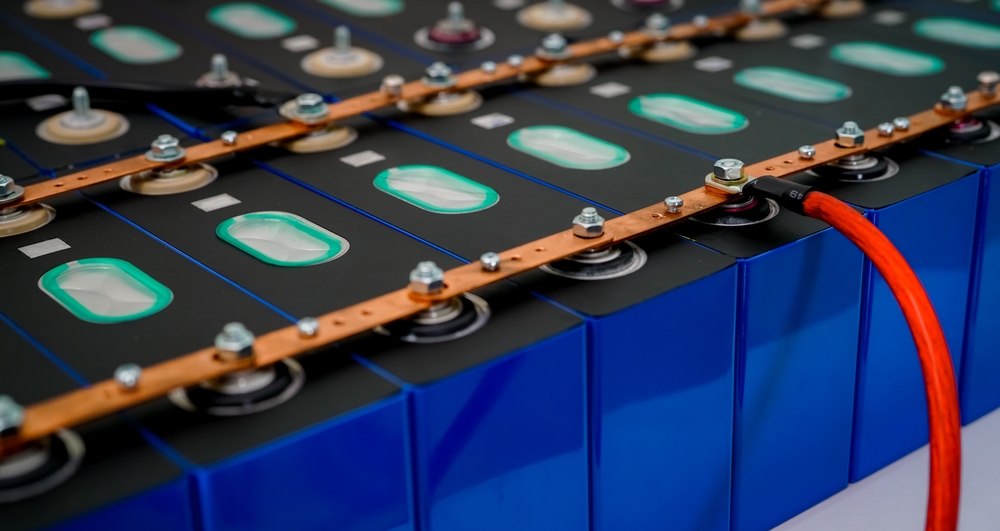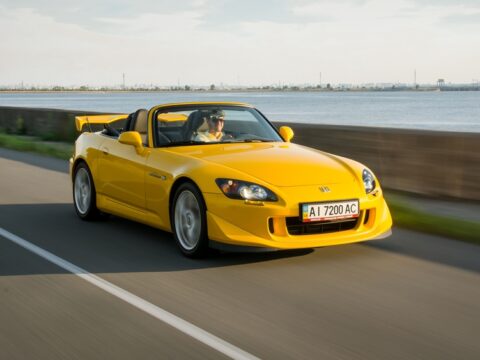The future of electric cars depends heavily on advancements in battery technology. With new breakthroughs happening all the time, batteries are becoming more powerful, efficient, and longer-lasting. In this article, we’ll look at 7 innovative batteries that have the potential to revolutionize electric vehicles and shape the future of transportation.
Contents
Solid-State Batteries

Solid-state batteries are considered the future of electric vehicles due to their superior energy density and faster charging capabilities. Unlike conventional lithium-ion batteries, which use liquid electrolytes, solid-state batteries use solid electrolytes, reducing the risk of overheating and fires. They can store more energy in a smaller space, increasing the range of electric vehicles while enabling quicker recharges. Their longer life cycle and enhanced safety features make them highly attractive for mass adoption in the EV industry.
Sodium-Ion Batteries

Sodium-ion batteries offer a cheaper and more sustainable alternative to lithium-ion. Sodium is far more abundant and less expensive than lithium, making these batteries ideal for widespread use in electric vehicles. Although they currently have a lower energy density than lithium-ion, ongoing research is closing that gap. Sodium-ion batteries are also safer and more environmentally friendly, making them a highly appealing option for cost-effective and eco-friendly EVs in the near future.
Lithium-Titanate (LTO) Batteries

Lithium-titanate (LTO) batteries offer an incredibly high charge-discharge rate, making them ideal for electric vehicles requiring fast charging capabilities. These batteries can recharge much faster than traditional lithium-ion options, enabling quicker turnaround times for EV users. Additionally, LTO batteries have a longer cycle life and operate well in low temperatures, making them a durable and versatile choice for both urban and extreme environments.
Lithium-Nickel-Manganese-Cobalt (NMC) Batteries

Lithium-Nickel-Manganese-Cobalt (NMC) batteries are known for their balance of high energy density, safety, and cost efficiency. This makes them one of the most widely used batteries in the electric vehicle industry today. NMC batteries provide long-lasting performance and are less prone to overheating compared to other lithium-ion variants. Their versatile chemistry allows them to be tailored for either high energy storage or high power output, making them ideal for a range of EV models.
Vanadium–Redox Flow Batteries

Vanadium-redox flow batteries offer a scalable energy storage solution for electric vehicles, especially in larger applications. These batteries store energy in liquid electrolyte solutions that flow through a cell to produce electricity. The ability to scale the size of the battery independently from its energy output makes it highly versatile. Vanadium-redox flow batteries are known for their long cycle life, making them an ideal choice for long-term energy storage in electric vehicle fleets or infrastructure.
Vanadium Flow Batteries

Vanadium flow batteries are known for their ability to store large amounts of energy and offer long cycle life. These batteries use vanadium ions in different oxidation states to store and release energy, making them ideal for large-scale energy storage. While they are not as energy-dense as lithium-ion batteries, their ability to provide consistent, reliable energy over long periods makes them well-suited for electric vehicle infrastructure and grid support, especially in fleet EV applications.
Nickel-Zinc Batteries

Nickel-zinc batteries are a potential alternative to lithium-ion, offering better sustainability and energy density. These batteries are safer and less prone to overheating, making them a reliable option for electric vehicles. Nickel-zinc batteries also have a lower environmental impact compared to lithium-ion, as they use more abundant and less toxic materials. Their combination of sustainability and performance makes them an attractive option for future EVs.
This article originally appeared in MyCarMakesNoise.
More from MyCarMakesNoise
13 Fun Facts About Harley-Davidson Motorcycles

Harley-Davidson motorcycles have been a symbol of freedom and adventure for over a century. From their humble beginnings in a small wooden shed in Milwaukee to becoming a global icon, these bikes have captured the hearts of riders worldwide. Read More
10 High-Tech Car Gadgets You’ll Wish Were Legal

Driving is on the cusp of a technological revolution with gadgets that promise to make our roads safer and more convenient. From automated parking to augmented reality windshields, these high-tech innovations could transform the way we experience our daily commutes. Read More
10 Classic Trucks That Fell Short of Expectations

Classic trucks often evoke a sense of nostalgia and rugged charm, but not all of them hit the mark with consumers. Some models, despite their unique features and innovative designs, struggled to find their place in the market. Read More














